|
The extraordinary and unique flora and fauna of the archipelago are a
UNESCO World Heritage Site.
They are protected by the Galapagos Islands National Park.
Around 97% of the islands' surface area and 99% of the waters
surrounding them are therefore under strict protection.
Agricultural and fishing use, as well as access to the islands and
navigation in the waters, are strictly regulated and strictly controlled
by the National Park administration. |
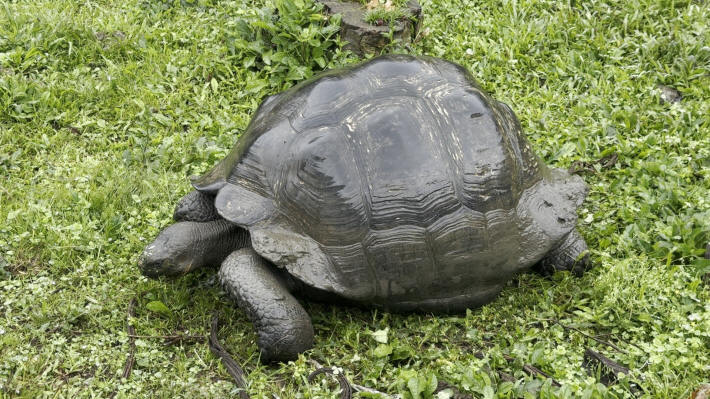 |
|
The Galapagos giant tortoises are the name given to 15 endemic species
of tortoise.
After the discovery of the Galapagos Islands, populations were decimated
and four of the 15 known species were completely eradicated.
It is estimated that 200.000 animals were killed
in the last two centuries. |
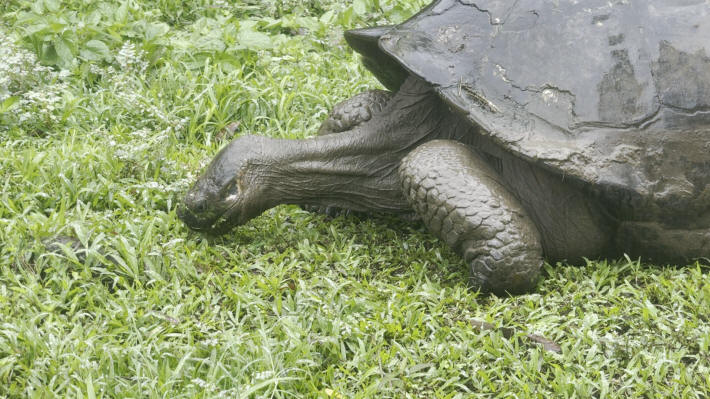 |
|
The Galapagos giant tortoises can live up to 150 years.
They are up to 1.20 meters long and weigh around 300 kg. |
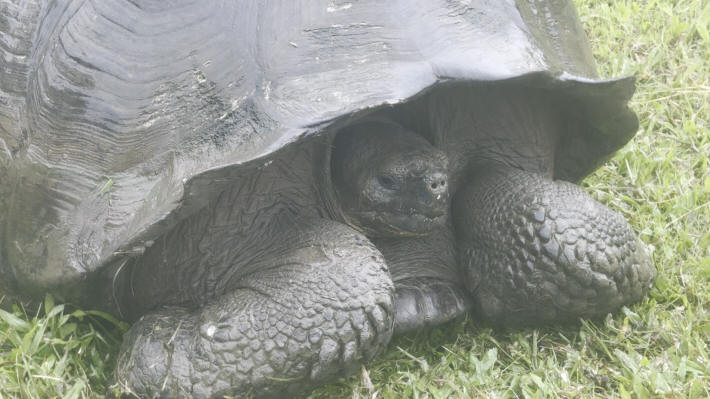 |
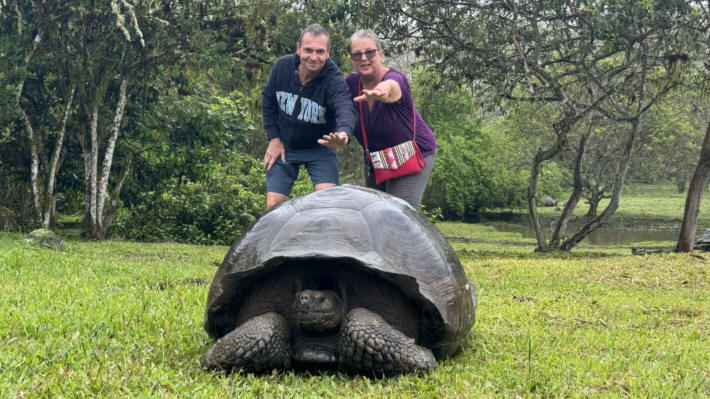 |
 |
|
A lava tunnel.
The tunnel on Santa Cruz was formed when the outer layer of molten lava
solidified, but at the same time the liquid magma inside continued to
flow, leaving an empty tunnel behind. |
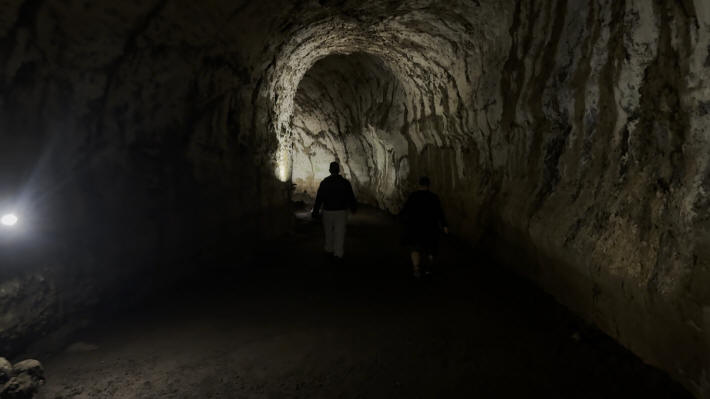 |
|
We take a trip to the uninhabited island of Bartolomé. |
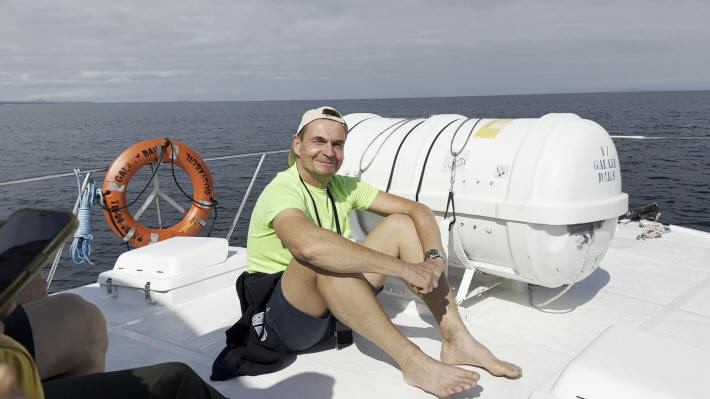 |
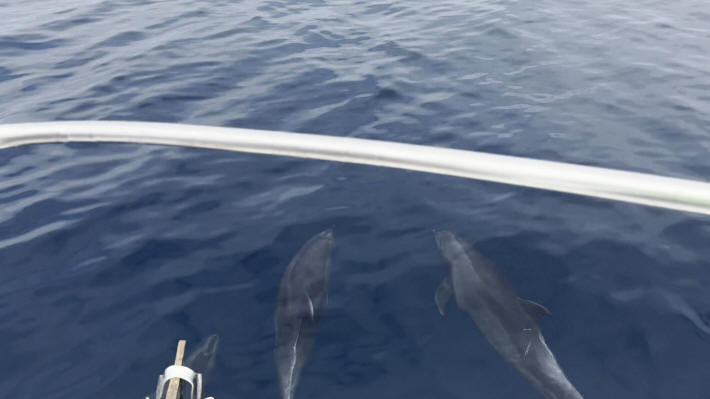 |
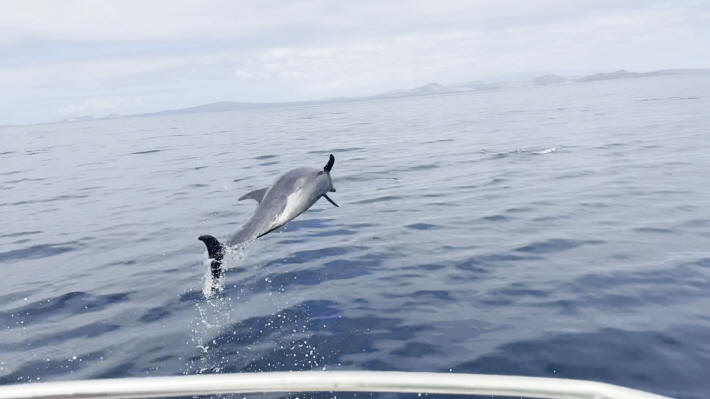 |
|
The Galapagos Islands are home to the world's only marine lizard - the
Galapagos marine iguana.
This legendary reptile is found nowhere else in the world. |
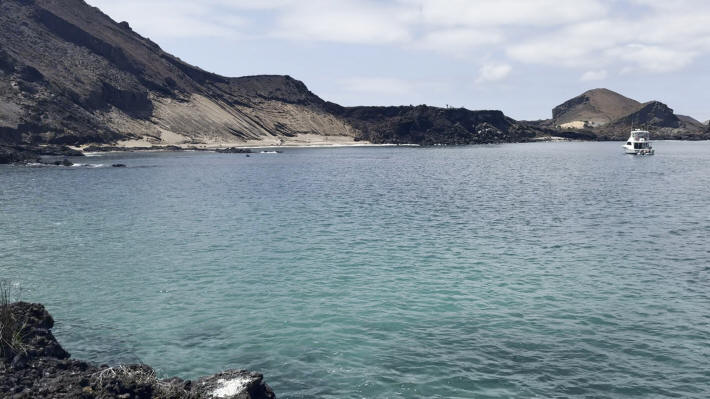 |
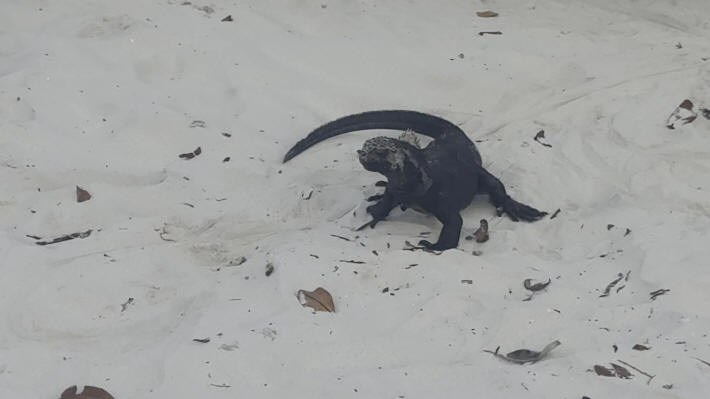 |
|
They are not really social animals, but they are very tolerant of each
other and will often huddle together for warmth on cooler days. |
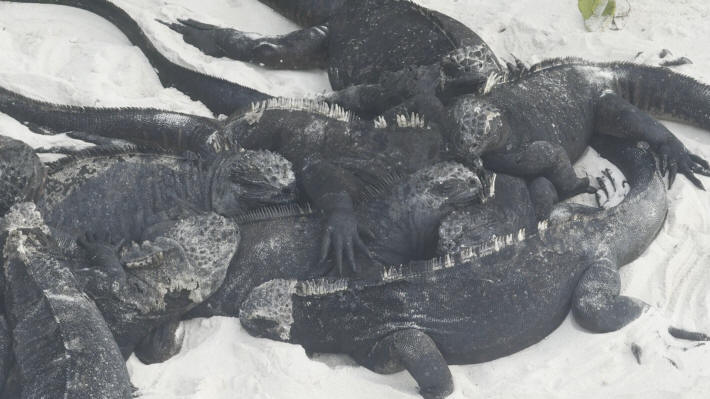 |
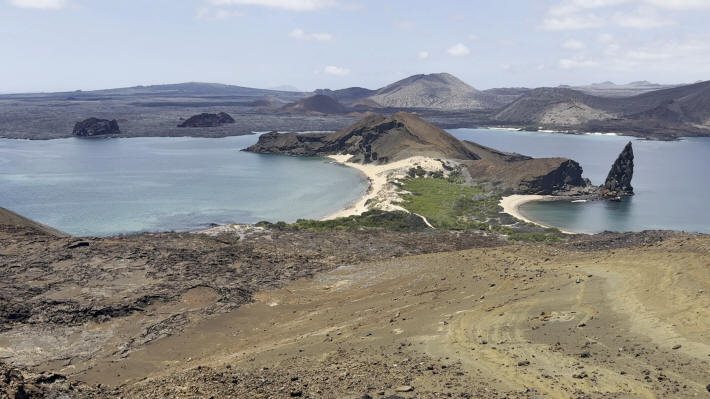 |
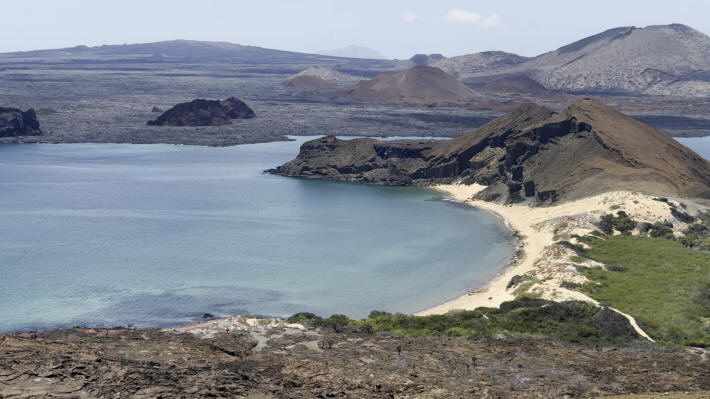 |
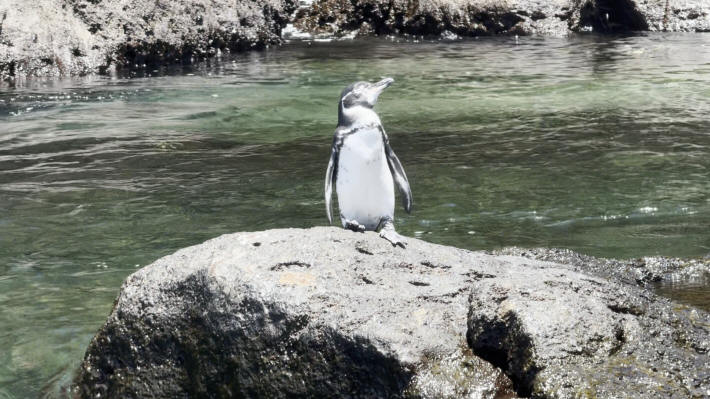 |
|
For a snorkeling tour, take the dinghy to the rocky coast.
This is also the home of the Galapagos whitetip sharks.
They are harmless to humans.
There are too many other fish available for them to eat. |
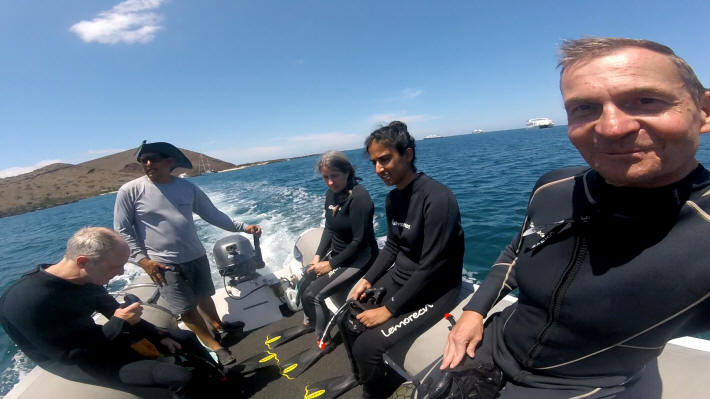 |
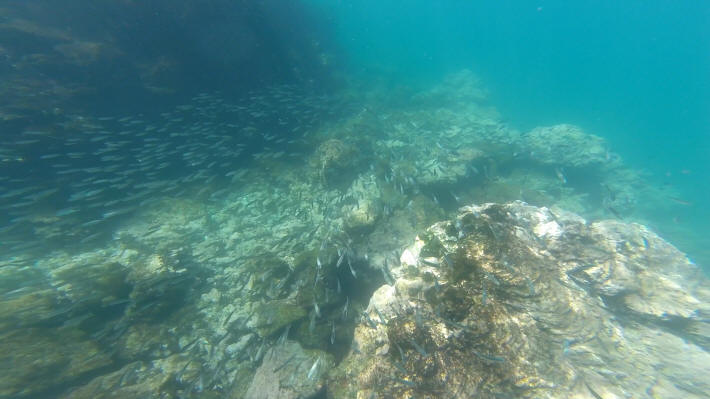 |
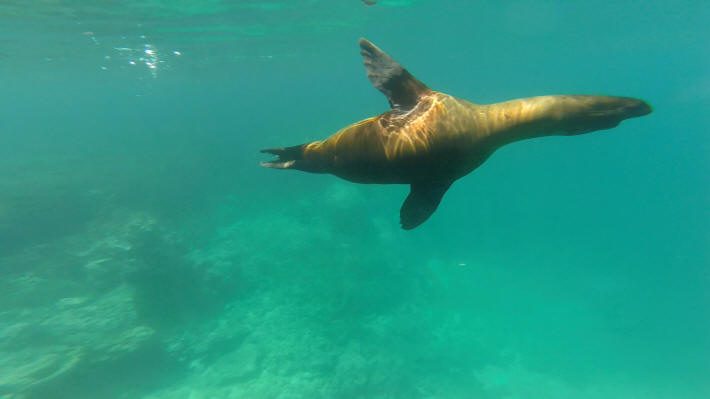 |
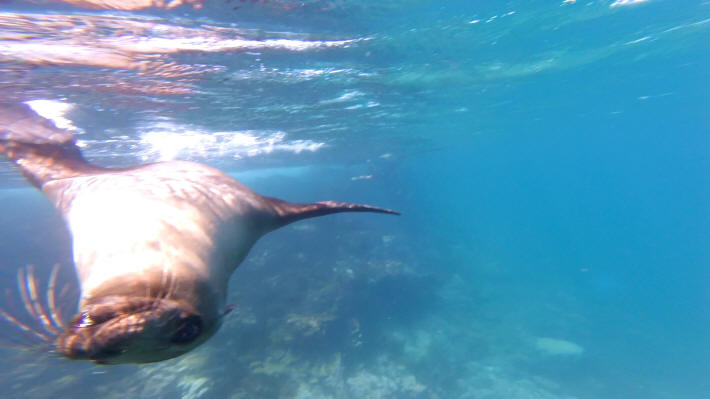
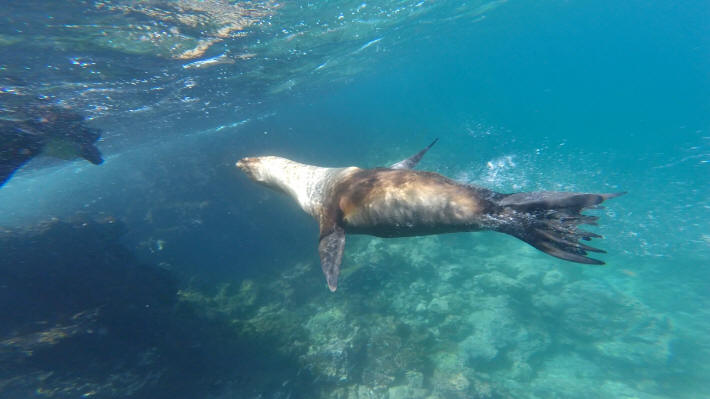 |
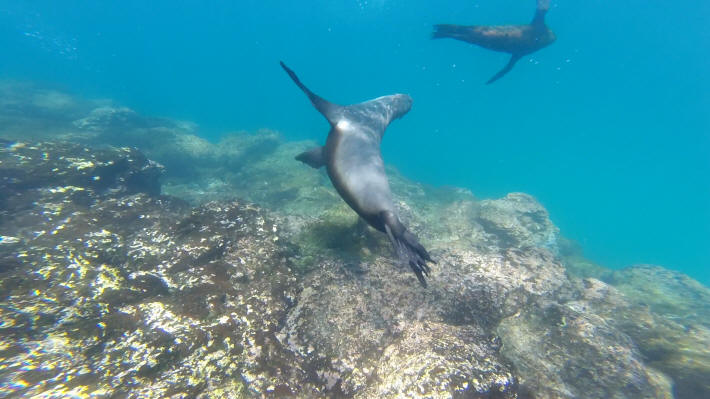
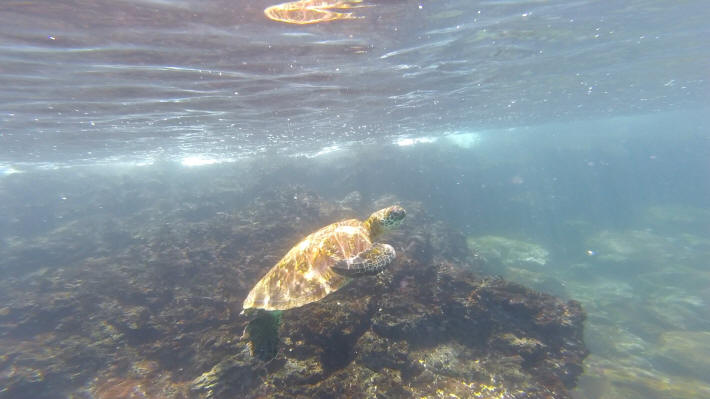 |
|
We visit the world famous “Charles Darwin Research Center. |
 |
|
The Babies |
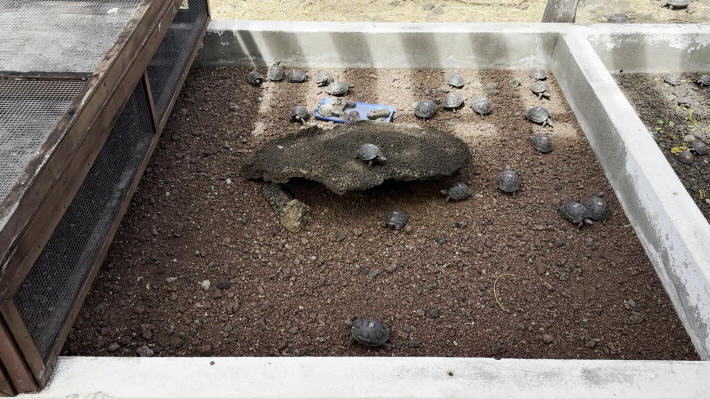 |
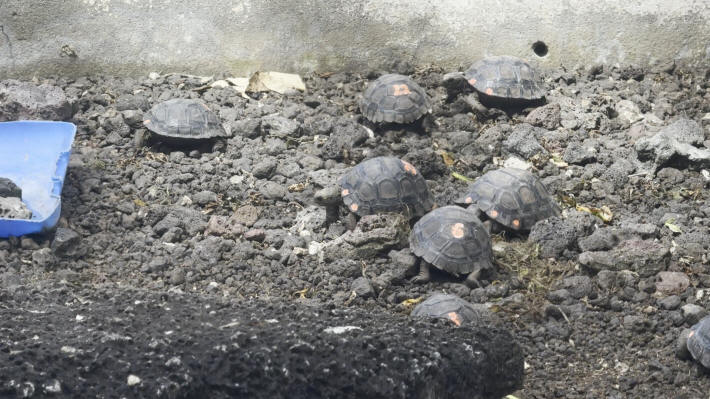 |
|
Lonesome George was a Galápagos giant tortoise of the Pinta giant
tortoise subspecies.
He came from the island of Pinta, where he was discovered in 1971, and
was housed at the Charles Darwin Foundation research station until his
death.
Lonesome George was around 100 years old.
He died on June 24, 2012, presumably the last individual of his
subspecies.
After no further specimens of this subspecies could be found on more
recent expeditions to Pinta Island, various mating attempts were made,
first with locally occurring subspecies and then with genetically more
closely related tortoises.
In July 2008, six intact eggs were discovered in an enclosure, but they
were not fertilized.
In 2010, five eggs were also incubated for 120 days without success.
Thus, 100-year-old George, the last living representative of his
subspecies, became extinct.
He was considered the last specimen and a symbolic figure of the
Galápagos Islands. |
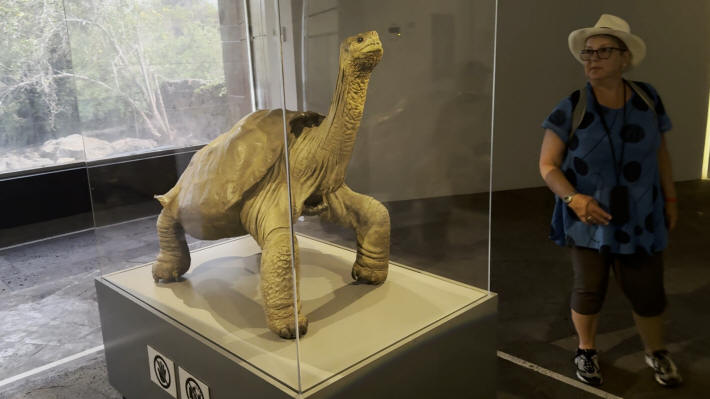 |
Watch Video
|

























